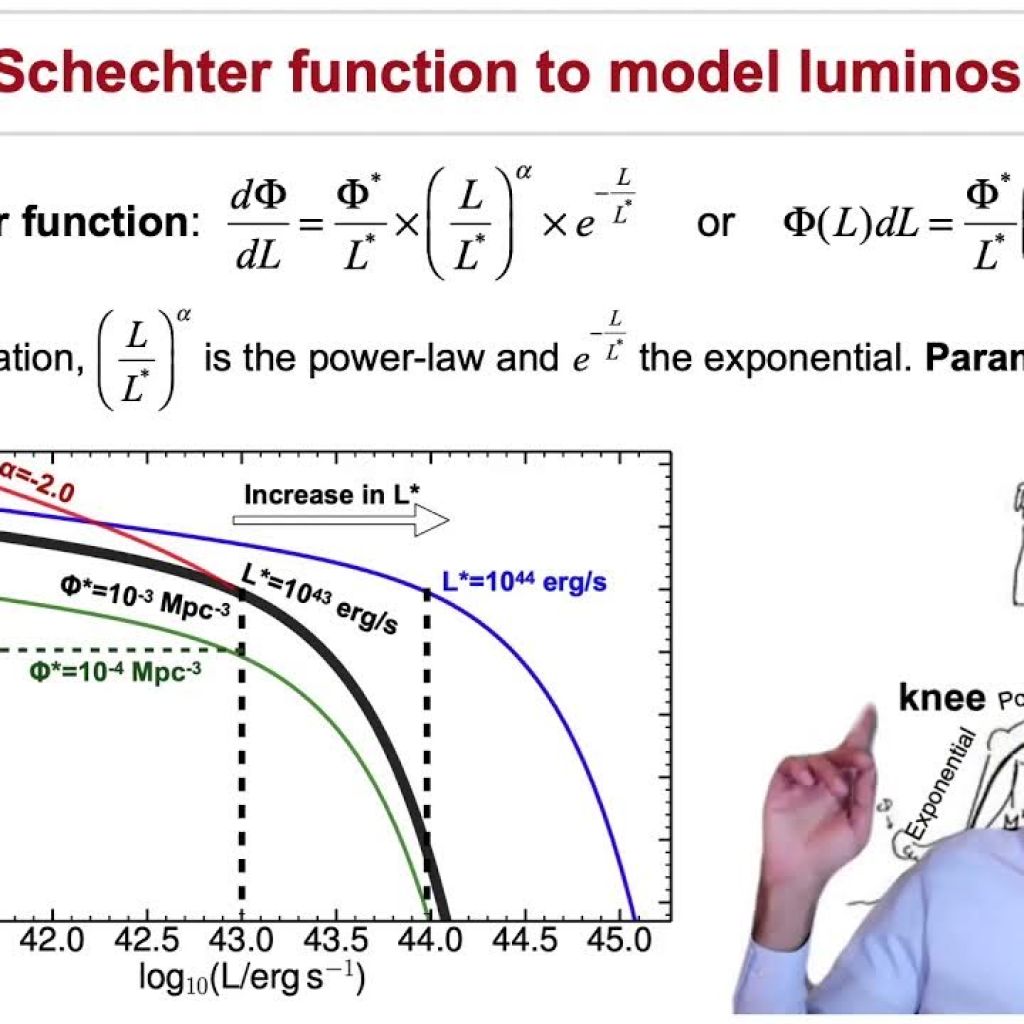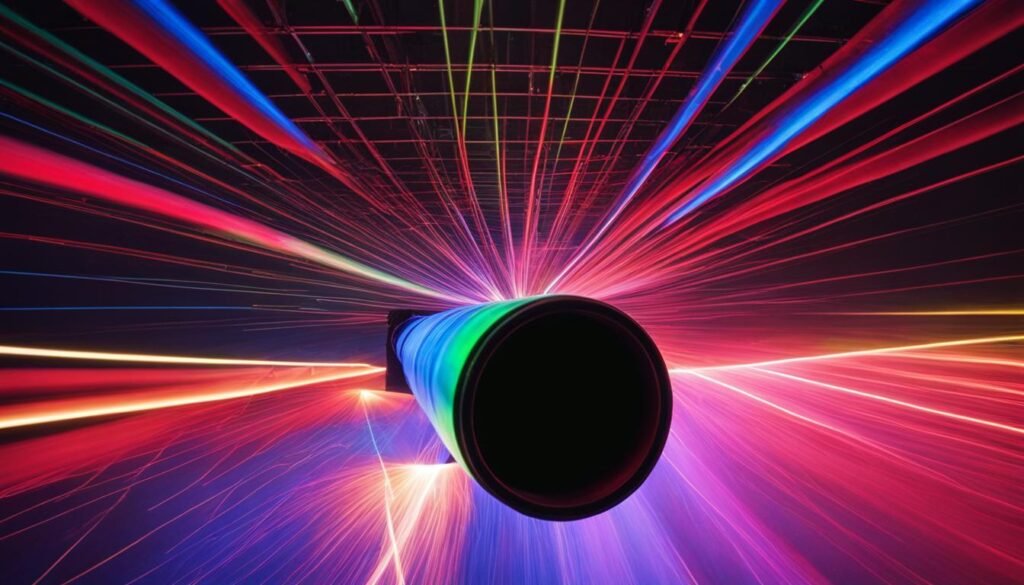Contents

Source: YouTube
Luminosity Functions: Understanding Human Eye Sensitivity
Luminosity functions are crucial for understanding how the human eye perceives light. These functions describe the spectral sensitivity of the human eye, providing a framework for how different lighting conditions affect our vision. The International Commission on Illumination (CIE) has standardized these functions based on extensive research and testing.
Vision and Lighting Conditions
The human eye’s sensitivity to light varies significantly based on lighting conditions, particularly the luminance level. There are three primary vision states:
- Scotopic Vision: Occurs under low-light conditions (below 0.001 cd/m²) and relies on rod cells. This type of vision is monochromatic, lacking color perception.
- Photopic Vision: Dominates in well-lit environments (above a few cd/m²) and utilizes cone cells, allowing for full color perception.
- Mesopic Vision: Represents the intermediate state between scotopic and photopic vision.
Photopic Luminosity Function
When the environment is sufficiently illuminated, the eye’s cone receptors are activated. These cones come in three types—L, M, and S—each sensitive to different wavelengths. The photopic luminosity function is used to calculate the luminous flux of light sources under these conditions. The function peaks at a wavelength of approximately 555 nm, where the human eye is most sensitive, resulting in a maximum luminous efficacy of 683 lumens per watt (lm/W).
Calculating Luminous Flux
For monochromatic light, the luminous flux is determined by multiplying 683 lm/W with the photopic luminosity function value and the radiant flux. For polychromatic light, contributions from all spectral components are considered through spectral integration. Aging can affect the eye’s response, particularly at shorter wavelengths, due to increased absorption and scattering.
Scotopic Luminosity Function
In low-light conditions, rod cells take over, and the scotopic luminosity function is applied. This function peaks at 507 nm and is normalized to one at this point. Unlike photopic vision, scotopic vision requires less light for perception but does not support color vision.
Light Perception and Sensitivity
Less light is needed for significant perception under scotopic conditions. However, the sensitivity varies greatly between photopic and scotopic vision, influencing how different wavelengths are perceived. For instance, a red laser pointer may appear much dimmer than a green one under scotopic conditions, despite having similar power output.
Determining Luminosity Functions
Establishing luminosity functions involves complex procedures, often using techniques like heterochromatic flicker photometry. This method adjusts the relative powers of two alternating signals to eliminate flicker, helping to gauge human sensitivity to different wavelengths.
Applications of Luminosity Functions
Luminosity functions have practical applications in determining the perceived brightness of light sources and calculating luminous efficacy. They are also used to compare the apparent brightness of monochromatic light sources, such as laser pointers, across different wavelengths.
Luminosity Functions in Astronomy
In astronomy, the term “luminosity function” takes on a different meaning. It refers to the distribution of galaxies based on their spectral intensities across various spectral bands, providing insights into the universe’s structure and composition.
Further Exploration
Understanding luminosity functions is essential for fields ranging from lighting design to astronomy. Continued research and advancements in this area promise to enhance our comprehension of light perception and its applications.
Source: Wikipedia
Feel free to comment your thoughts.



